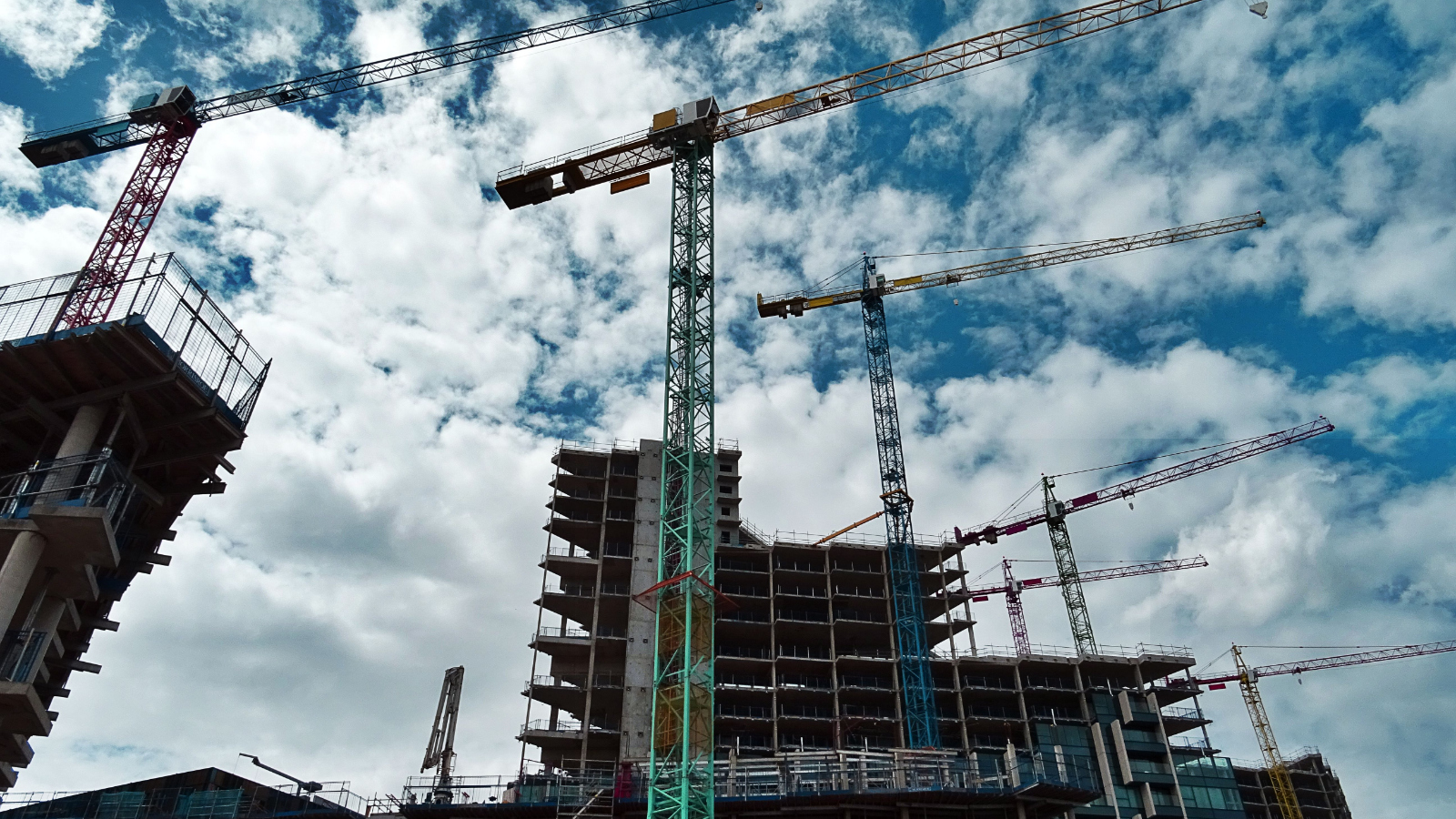New VAT accounting rules are being prepared for builders, contractors and other trades associated with the building industry. The new rules are due to come into force on 1 October 2019 and the sector needs be prepared.
An initial consultation took place in March 2017, and HMRC has now published draft legislation, a draft explanatory memorandum and a draft tax information and impact note on the Reverse Charge (RC) for construction services. Although the consultation has finished, HMRC has asked for further comments before 20 July 2018. It is anticipated that a final version of the draft order and guidance will then be published before October 2018. The aim of the new rules is to address VAT fraud in construction sector labour supply chains.
Under the new VAT accounting rules, supplies of standard or reduced-rated building services between VAT-registered businesses in the supply chain will not be invoiced in the normal way. Under the Reverse Charge scheme, a main contractor would account for the VAT on the services of any sub-contractor and the supplier does not invoice for VAT. The customer (main contractor) accounts for VAT on the net value of the supplier’s invoice and at the same time deducts that VAT – leaving a nil net tax position. The Reverse Charge only applies to other construction businesses which then use them to make a further supply of building services, and not to end users e.g. private individuals, retailers, and landlords.
The Reverse Charge will apply widely to services in the building trade, including but not limited to, construction, alteration, repairs, demolition, installation of heat, light, water and power systems, drainage, painting and decorating, erection of scaffolding, civil engineering works and associated site clearance, excavation, foundation works.
Some works will not be covered and these include:
- professional services of architects or surveyors, or of consultants in building, engineering, interior or exterior decoration or in the laying-out of landscape
- drilling for, or extraction of, oil, natural gas or minerals, and tunnelling or boring, or construction of underground works, for this purpose
- manufacture of building or engineering components or equipment, materials, plant or machinery, or delivery of any of these things to site
- manufacture of components for systems of heating, lighting, air-conditioning, ventilation, power supply, drainage, sanitation, water supply or fire protection, or delivery of any of these things to site
- sign-writing and erecting, installing and repairing signboards and advertisements
- the installation of seating, blinds and shutters or the installation of security.
This rule change could place a significant workload on affected businesses as they will have to identify customers who are liable for the Reverse Charge by checking VAT registration numbers and obtaining evidence that a customer is an ’end-user‘ or not, so that VAT, if due, is invoiced correctly. Businesses who will be affected by this change need to put plans in place to ensure that they charge VAT correctly, or as recipients, they apply the Reverse Charge correctly. If this is done incorrectly, it is likely that it will lead to error penalties being applied.
If you need help planning for the change, please get in touch with a member of the team and we’d be happy to guide you through the process.

